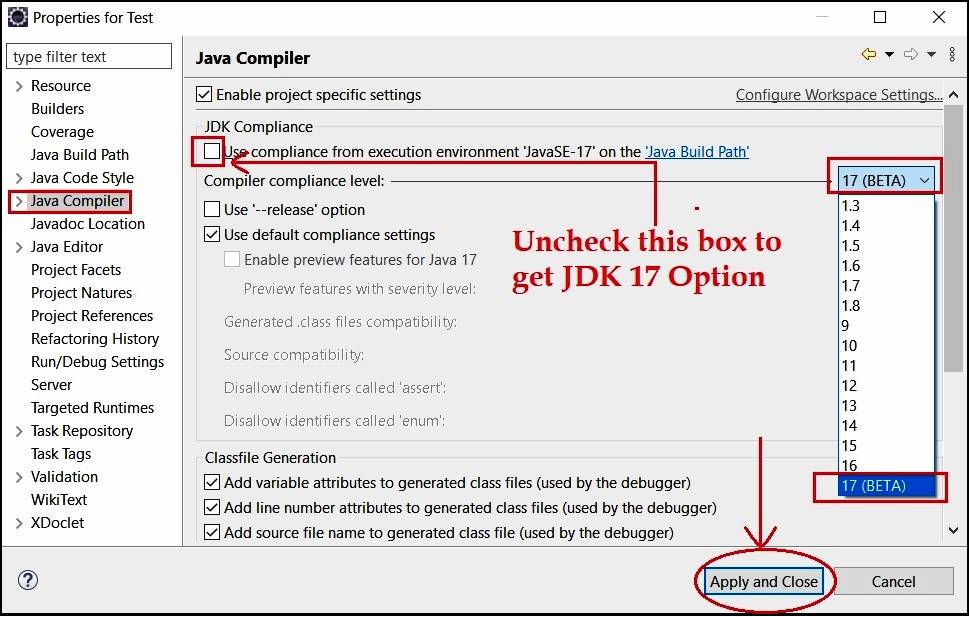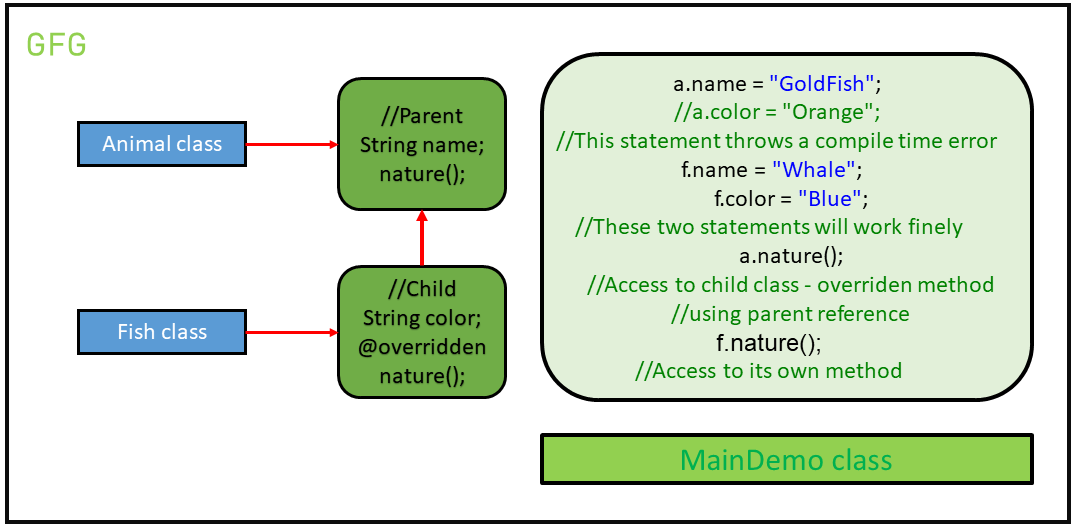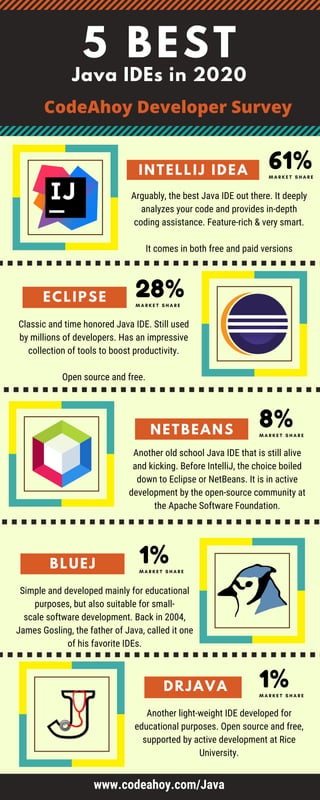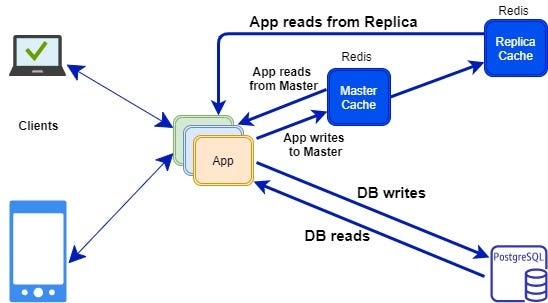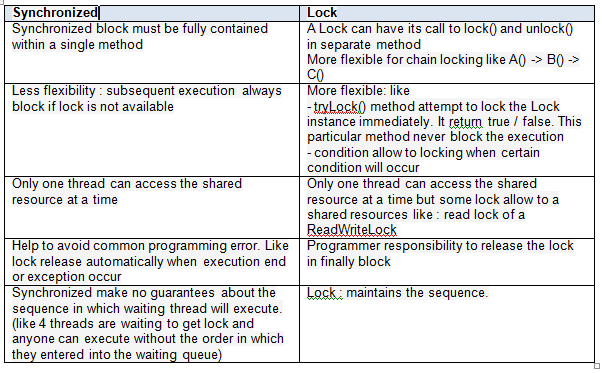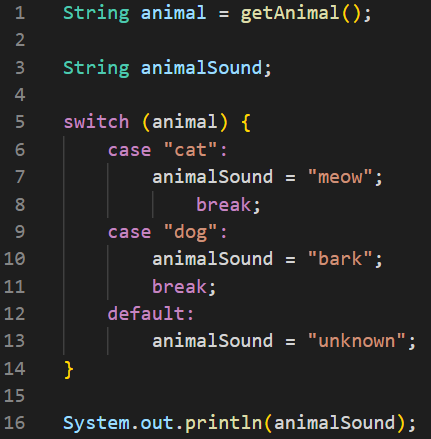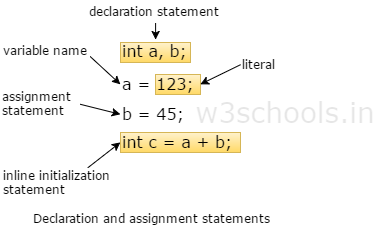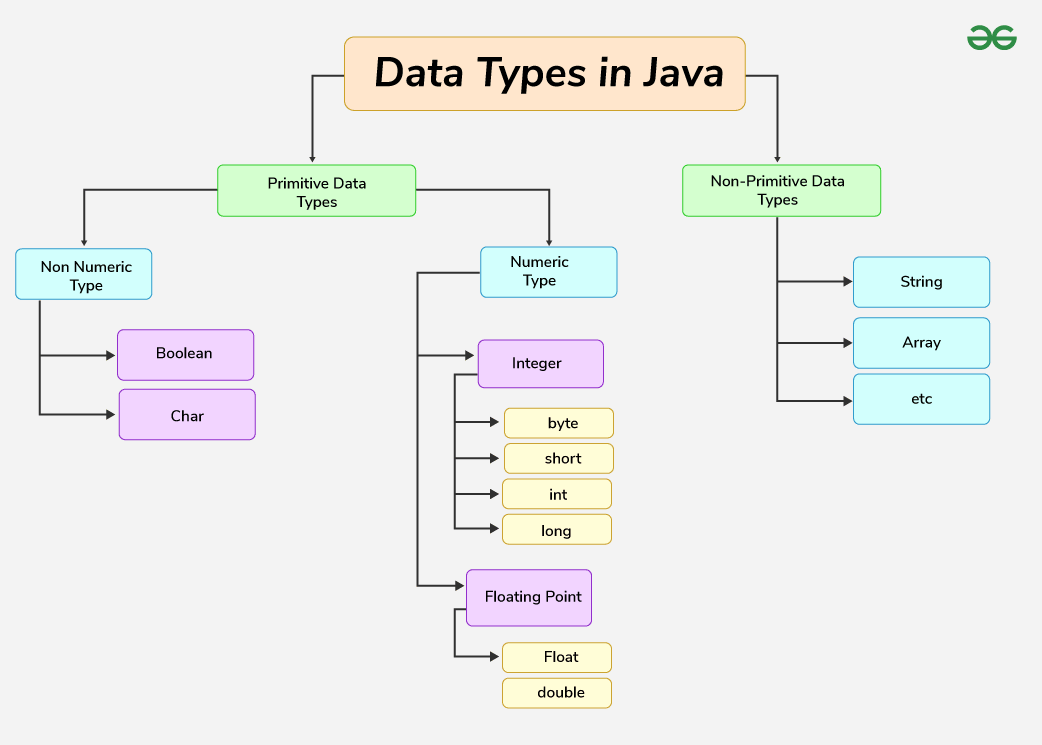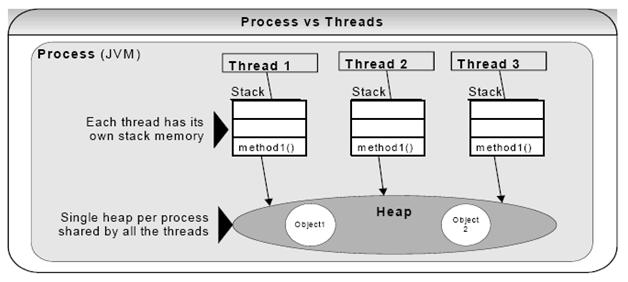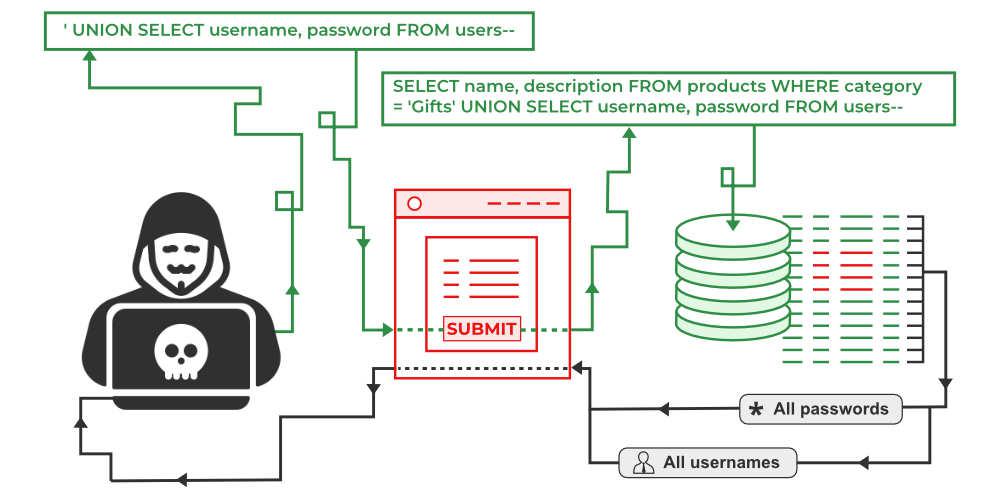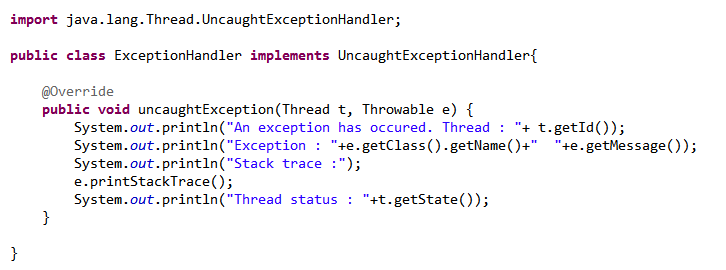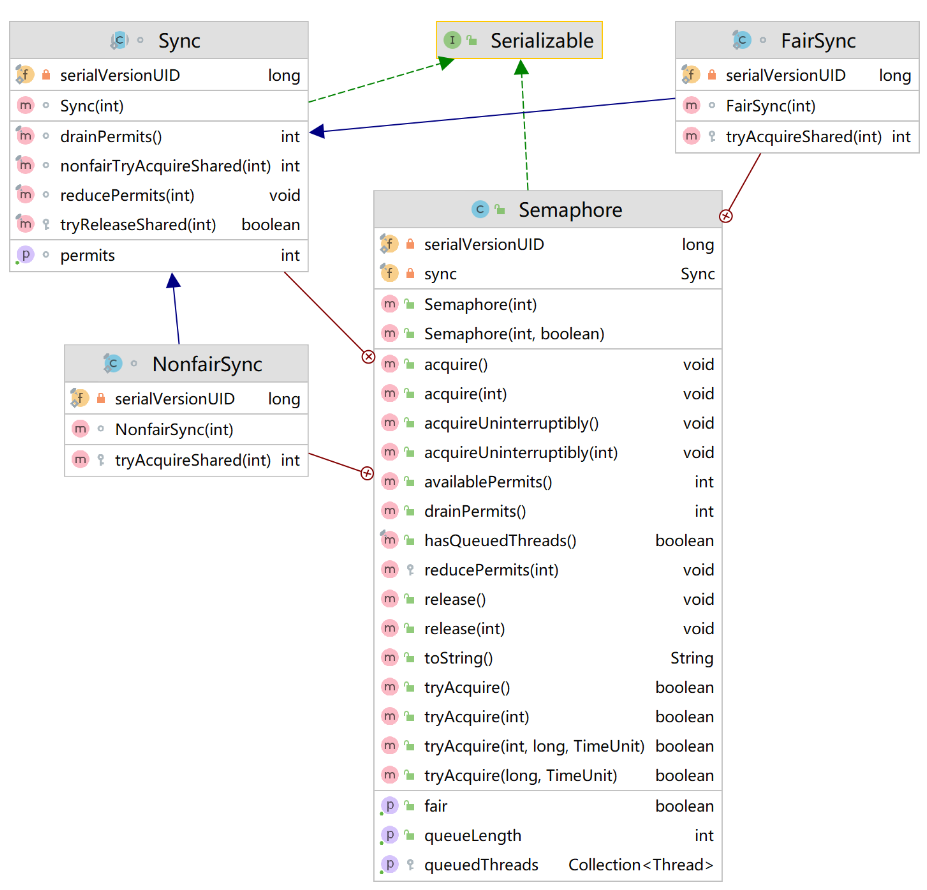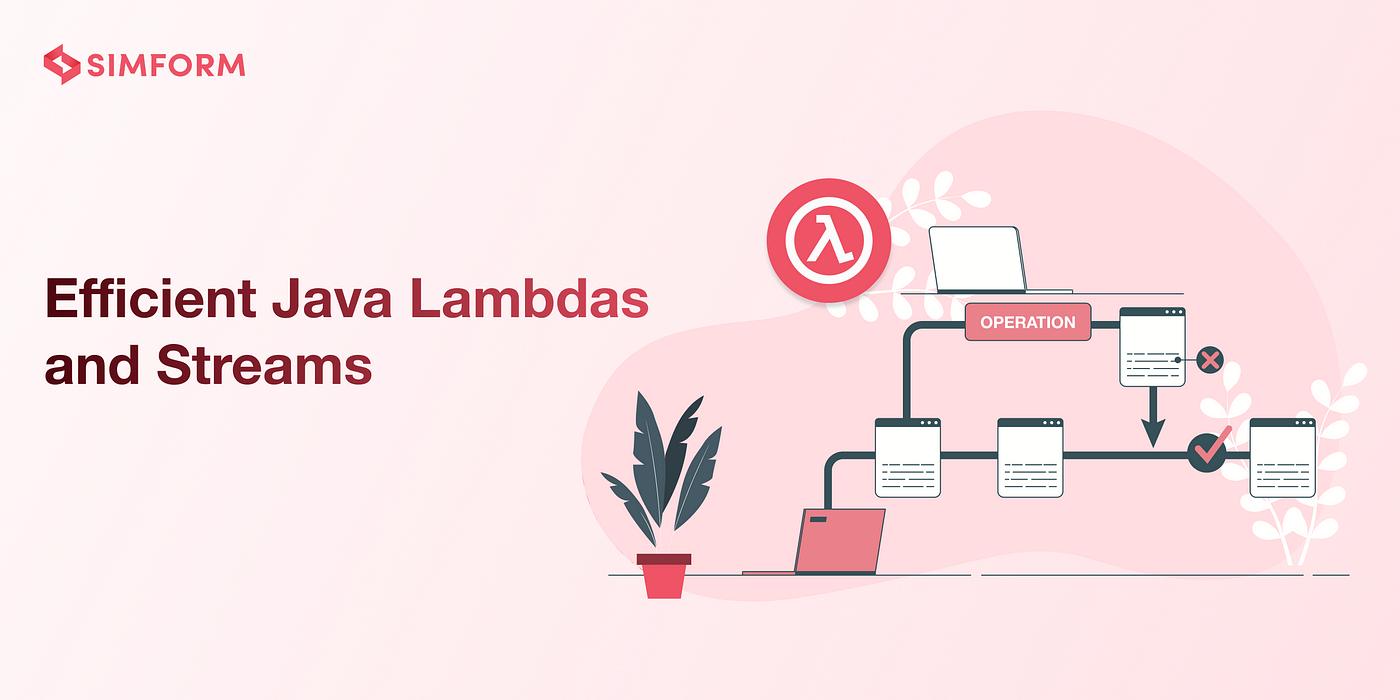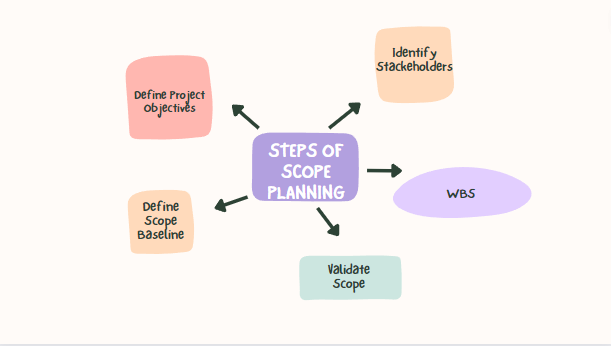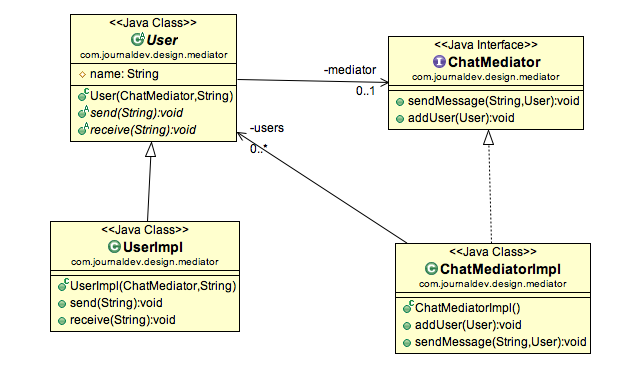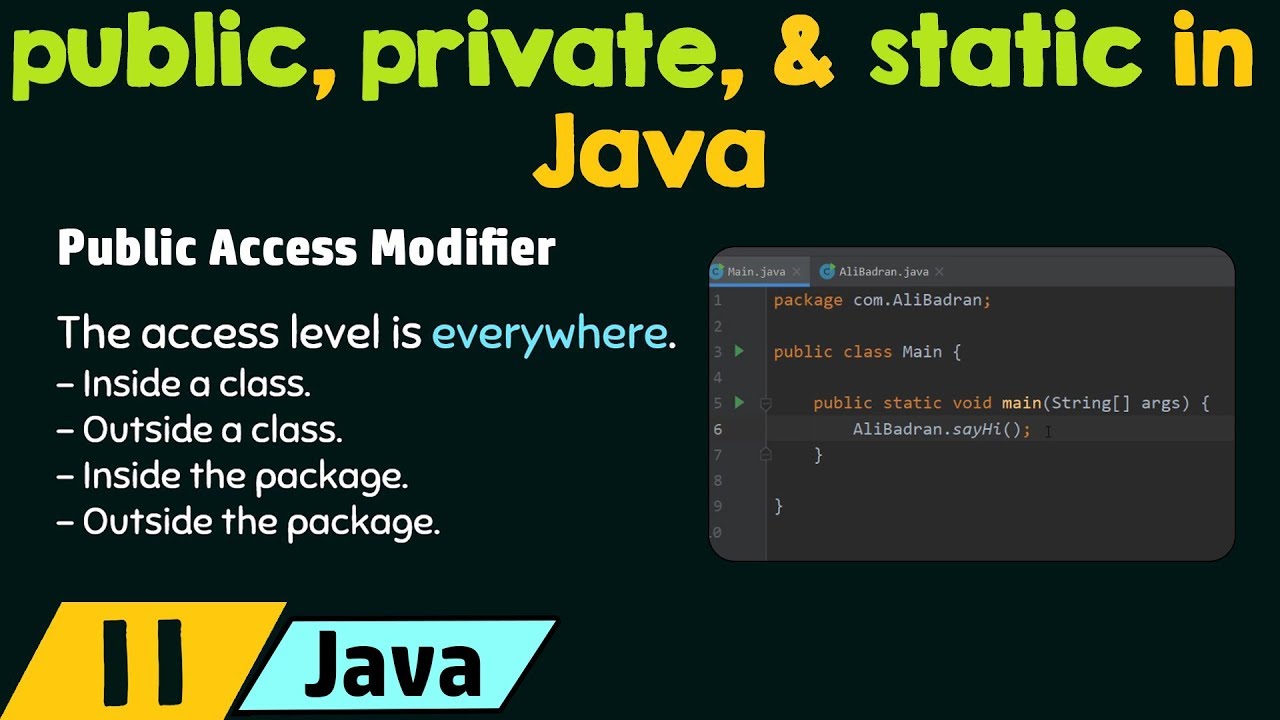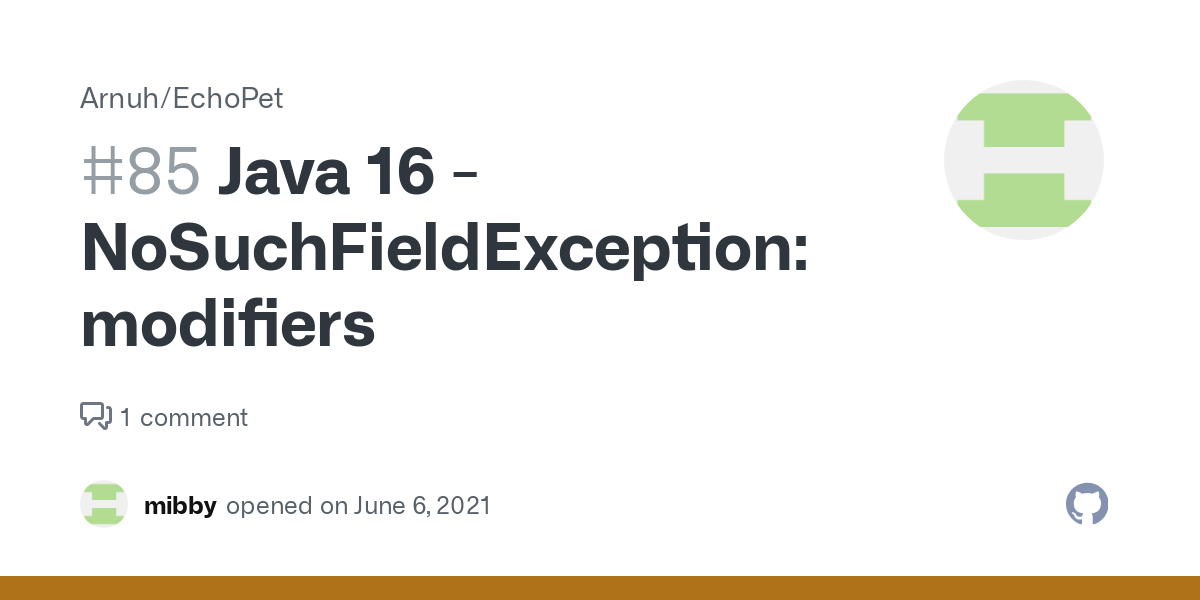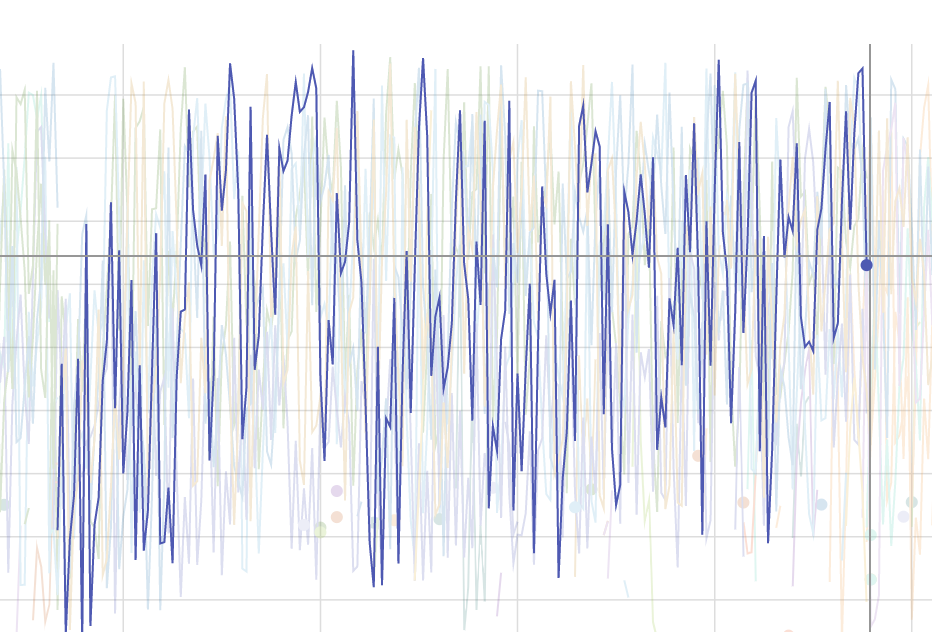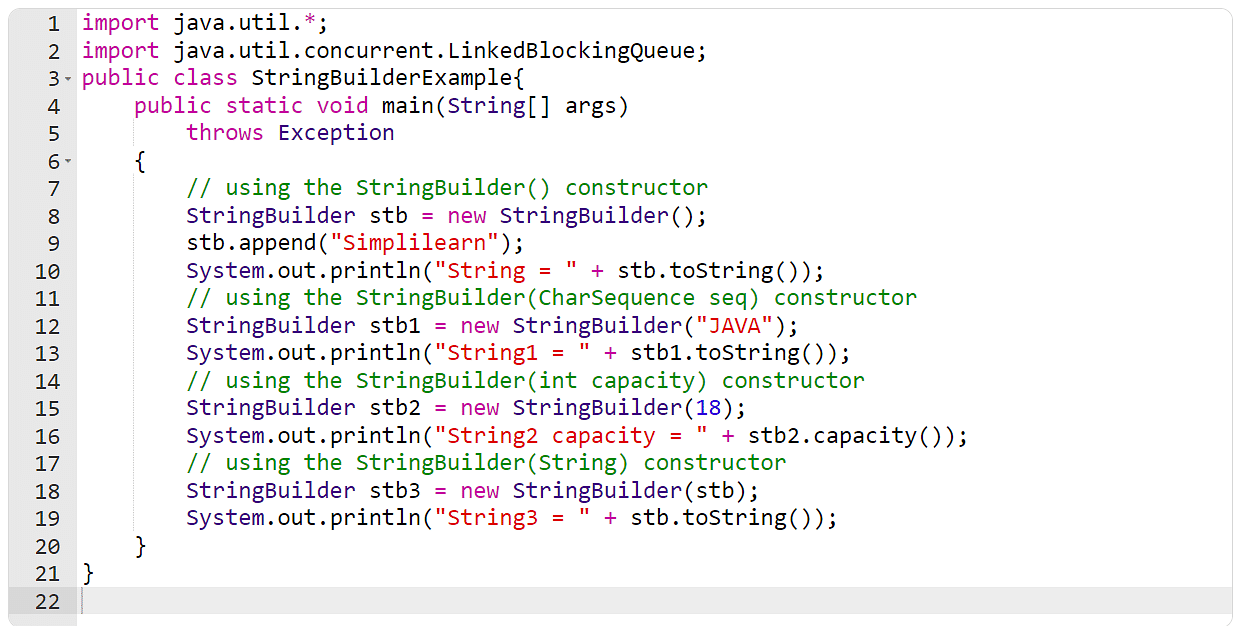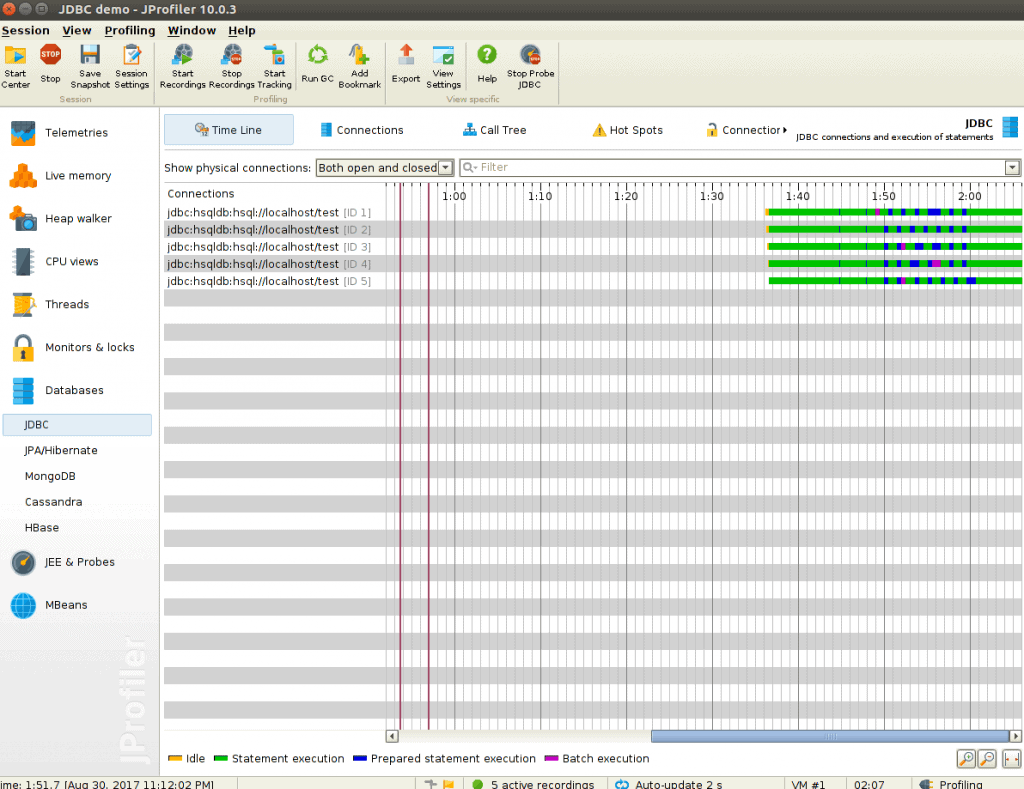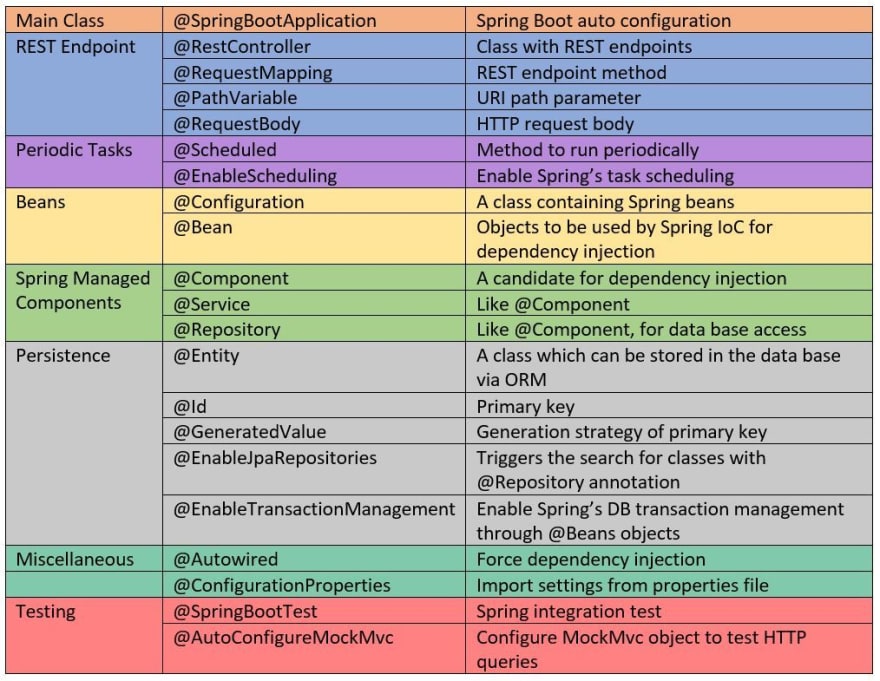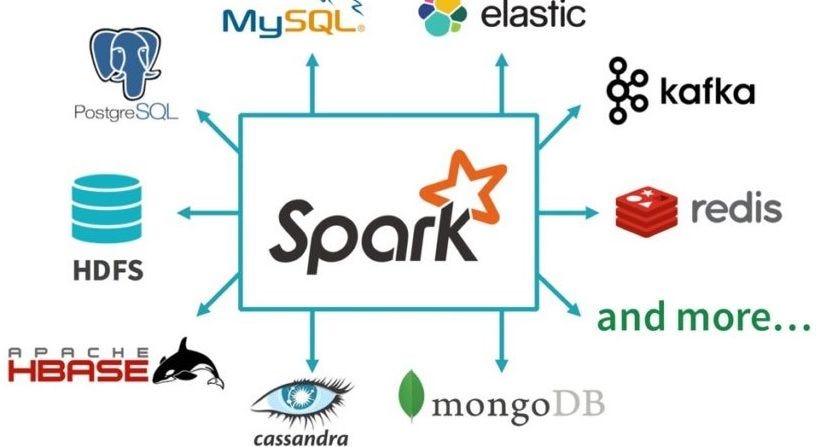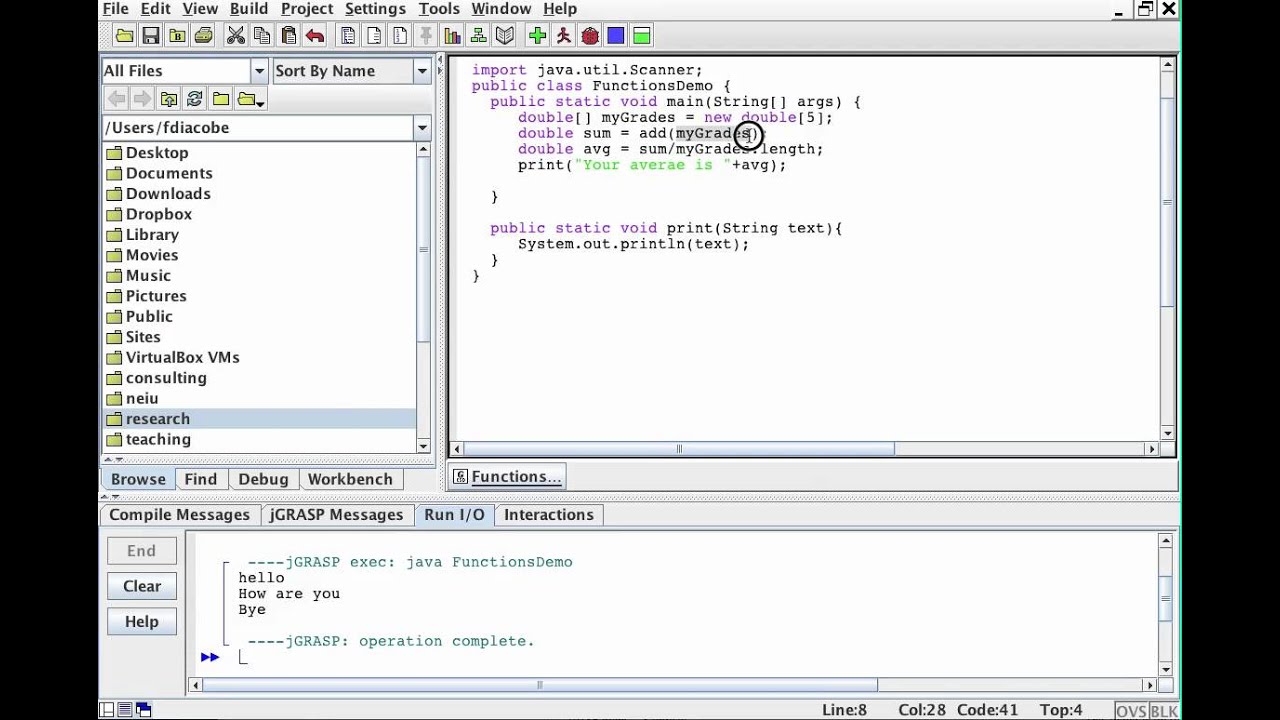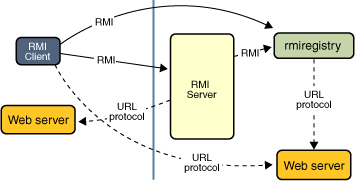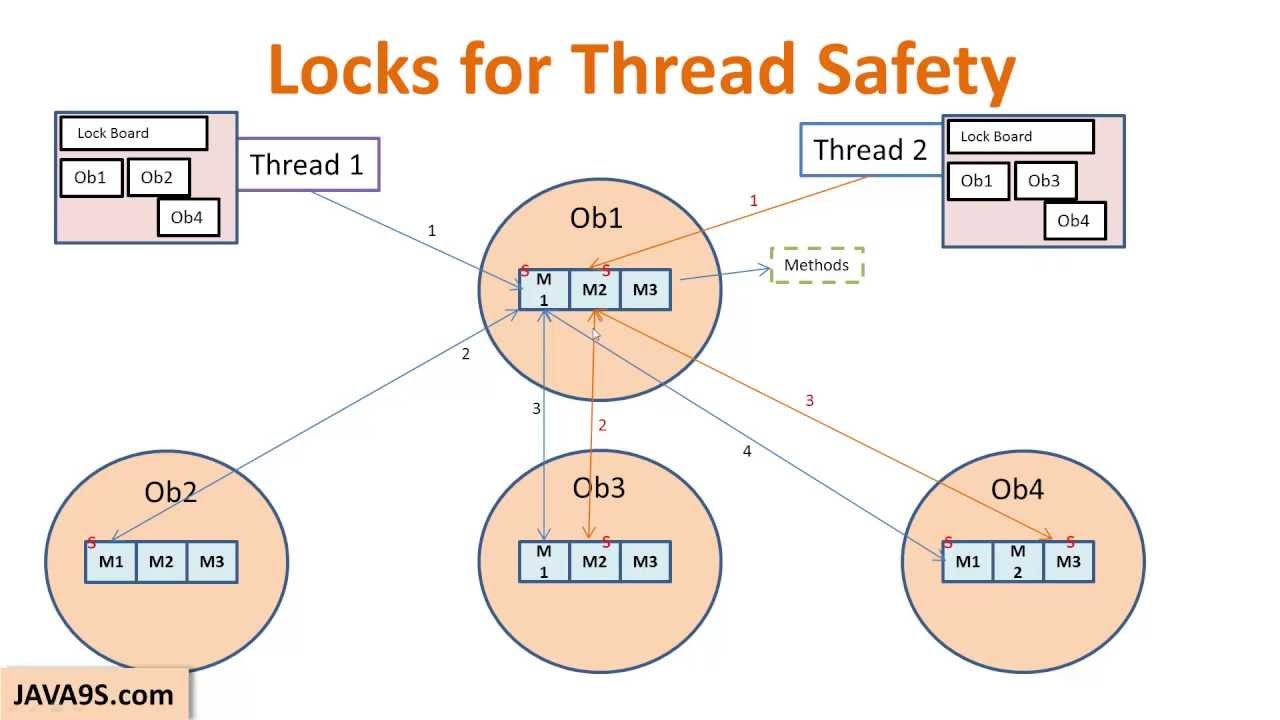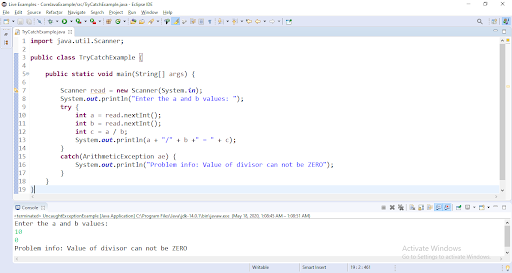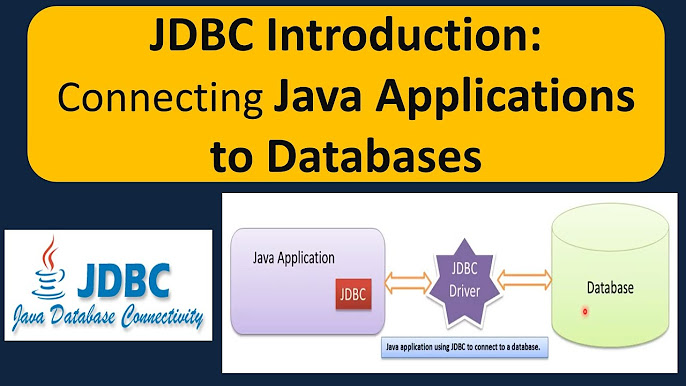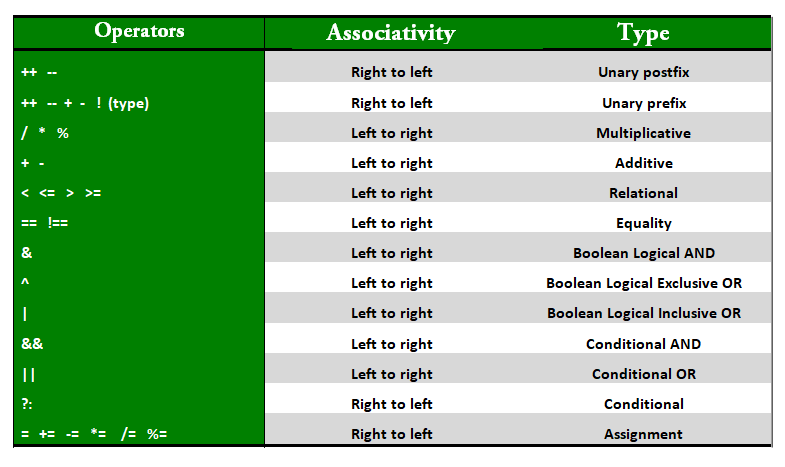atomic variables vs volatile in java
atomic variables vs volatile in java
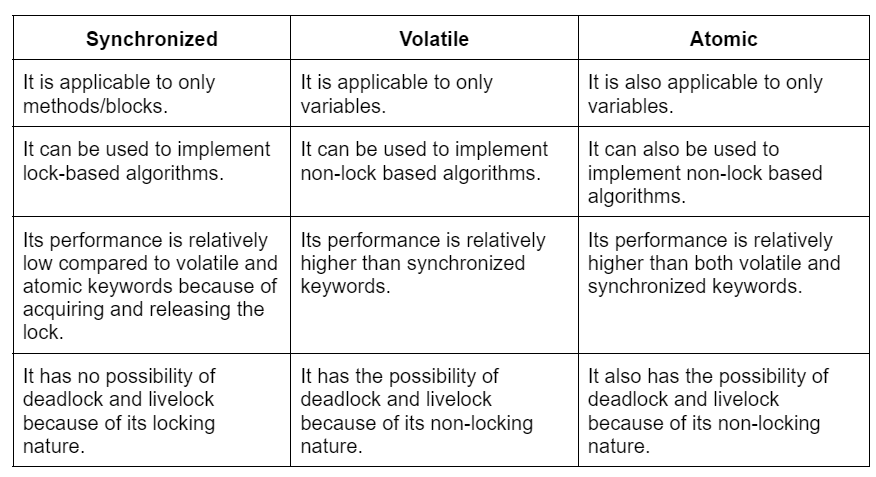
I'll respond in English as per your request.
Atomic variables and volatile are two distinct concepts in Java that help ensure thread-safety in multi-threaded programs. While they serve similar purposes, they operate differently and have different use cases.
Atomic Variables
Atomic variables are a way to perform operations on shared variables in a thread-safe manner. In Java, atomic variables are implemented using the AtomicXXX classes (e.g., AtomicInteger, AtomicLong, etc.) from the java.util.concurrent.atomic package.
When you update an atomic variable, the JVM ensures that the operation is executed atomically, meaning that it's treated as a single, indivisible unit. This prevents other threads from interfering with the update process or reading incomplete results.
Atomic variables offer several benefits:
Thread-safety: Atomic variables ensure that updates to shared state are thread-safe, preventing data corruption and inconsistencies. Improved performance: By minimizing the need for locks and synchronizations, atomic variables can improve program performance and responsiveness. Simplified code: Atomic variables abstract away low-level concurrency concerns, making it easier to write concurrent code.Volatile Variables
volatile is a keyword used to declare variables that are accessed by multiple threads. When a volatile variable changes, the JVM ensures that all threads see the updated value immediately, without requiring any additional synchronization mechanisms (like locks).
In Java, using volatile helps ensure that:
volatile, you guarantee that changes to that variable will be reflected in all threads soon enough. Avoid stale data: When multiple threads access the same volatile variable, they'll always see the latest value, preventing them from using stale or outdated information.
However, volatile variables have limitations:
volatile doesn't guarantee that updates are atomic; other threads might still interfere with the update process. Lack of synchronization: Without additional synchronization mechanisms (like locks), accessing and updating volatile variables can lead to data inconsistencies or race conditions.
Key differences
To summarize:
Atomic variables ensure thread-safety for updates by providing a single, indivisible unit of operation.Volatile variables primarily help ensure that changes are propagated quickly across threads, without guaranteeing atomicity or thread-safety.
When to use each?
Use atomic variables when you need to update shared state in a thread-safe manner (e.g., updating a counter). Usevolatile variables when you want to ensure that changes are propagated quickly across threads (e.g., updating a flag that triggers an event).
Remember, understanding the nuances of atomic variables and volatile variables is crucial for writing robust, thread-safe Java programs.
How atomic variable works internally in Java
I apologize for the mistake earlier! Here's a detailed explanation of how atomic variables work internally in Java:
In Java, an atomic variable is a variable that has been declared as volatile or has used synchronization (e.g., with a synchronized method or a lock) to ensure that its value is updated correctly in a multi-threaded environment. Atomic variables are used to update shared state between multiple threads.
Internally, atomic variables use the concept of "happens-before" relationships, which are defined by the Java Memory Model (JMM). The JMM specifies the rules for how memory operations are performed and when they become visible to other threads.
When a thread updates an atomic variable, it does so using a single memory operation. This operation is called a "store" or "write". When another thread reads the value of the atomic variable, it does so using a single memory operation, which is called a "load" or "read".
The JMM ensures that all threads see the updated value of an atomic variable in the correct order, even if multiple threads are updating the same variable concurrently. This is achieved by ensuring that all threads see the effects of each store operation before they see any subsequent store operations.
Here's how it works:
Store: When a thread updates an atomic variable using a store operation, it performs the following steps: The thread generates a unique identifier for the store operation (called a "fence" in JMM parlance). The thread performs the actual update to the atomic variable. The thread broadcasts its fence to all other threads that may be reading or writing to the same memory location. Load: When another thread reads the value of an atomic variable using a load operation, it performs the following steps: The thread checks if there are any pending fences (from previous store operations). If there are no pending fences, the thread loads the current value of the atomic variable. If there is at least one pending fence, the thread waits until all fences have been received and processed before loading the value.This ensures that each thread sees the updated value of an atomic variable in the correct order, even if multiple threads are updating the same variable concurrently.
In addition to using atomic variables directly, Java also provides a range of classes (e.g., AtomicBoolean, AtomicInteger, etc.) that provide more advanced functionality for working with shared state. These classes often use atomic variables internally and provide higher-level APIs for managing concurrency.
I hope this helps! Let me know if you have any further questions.
